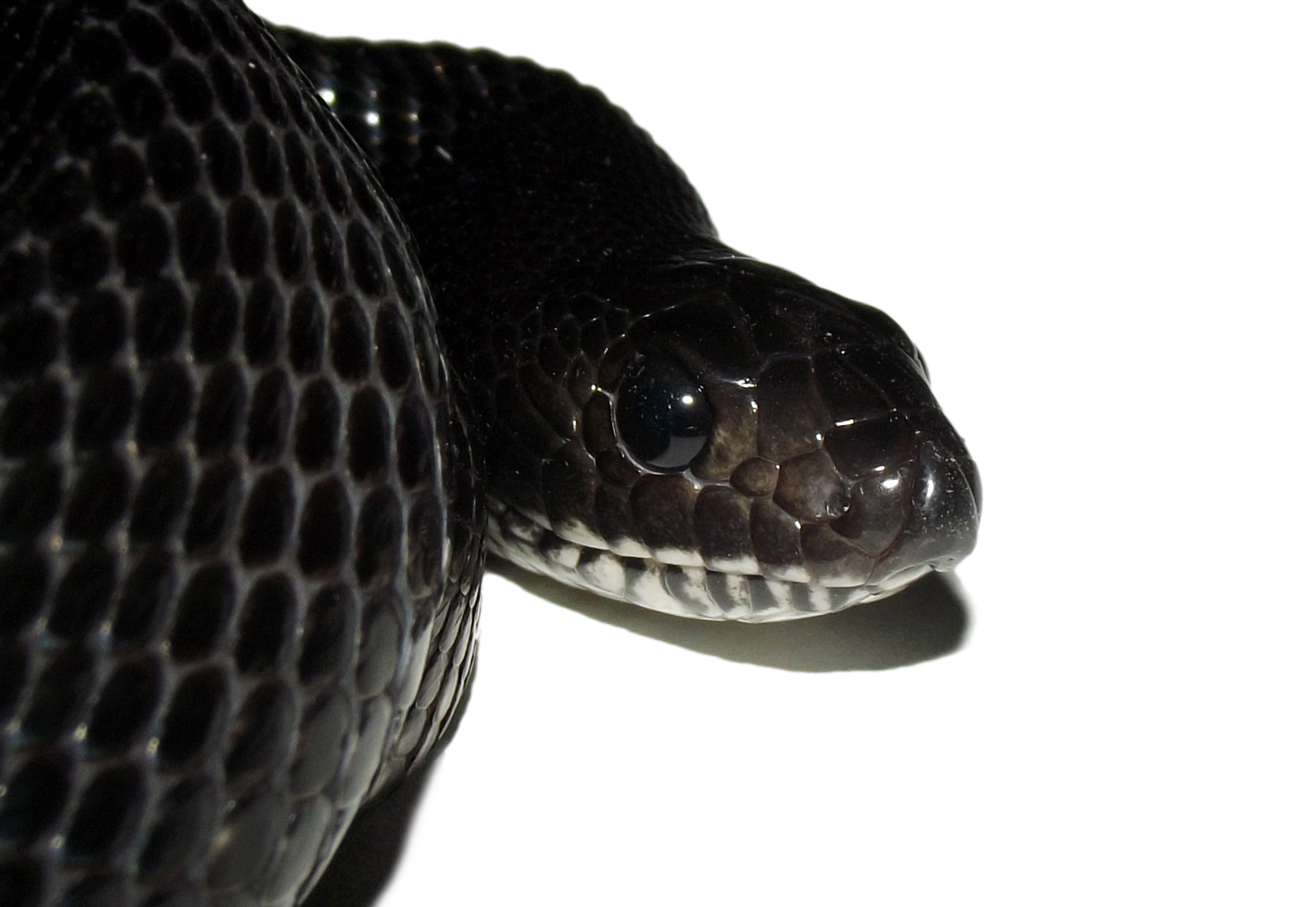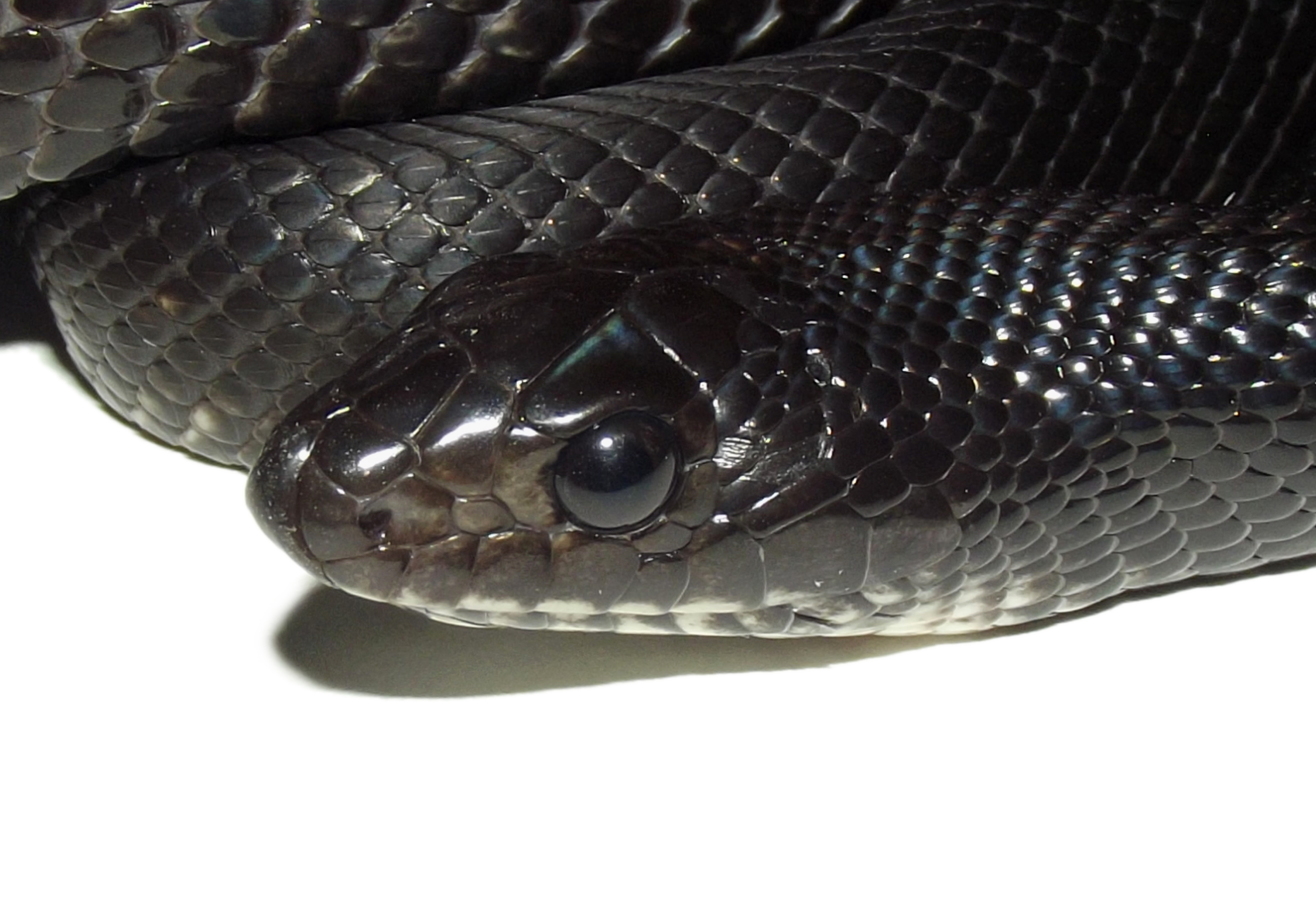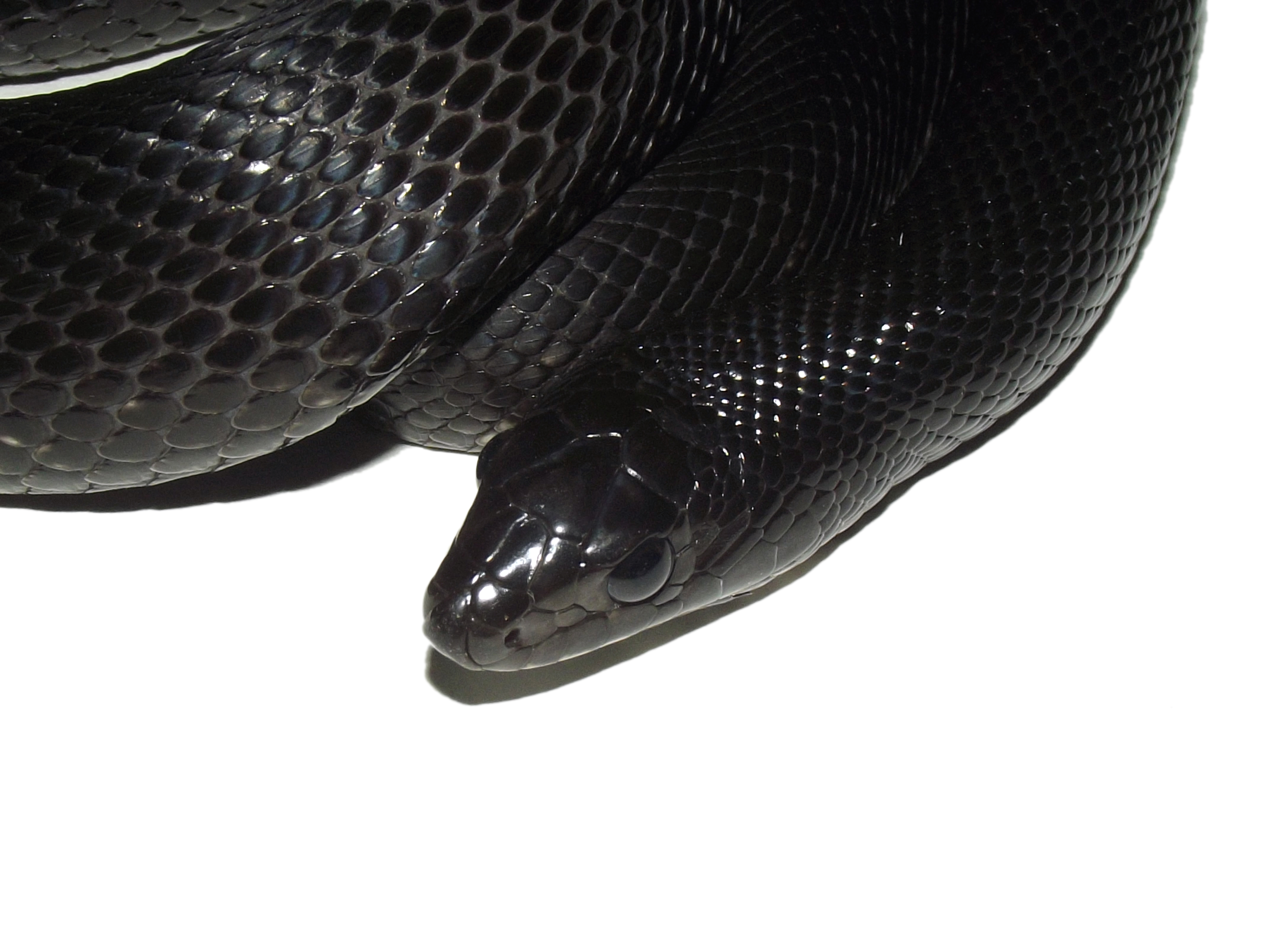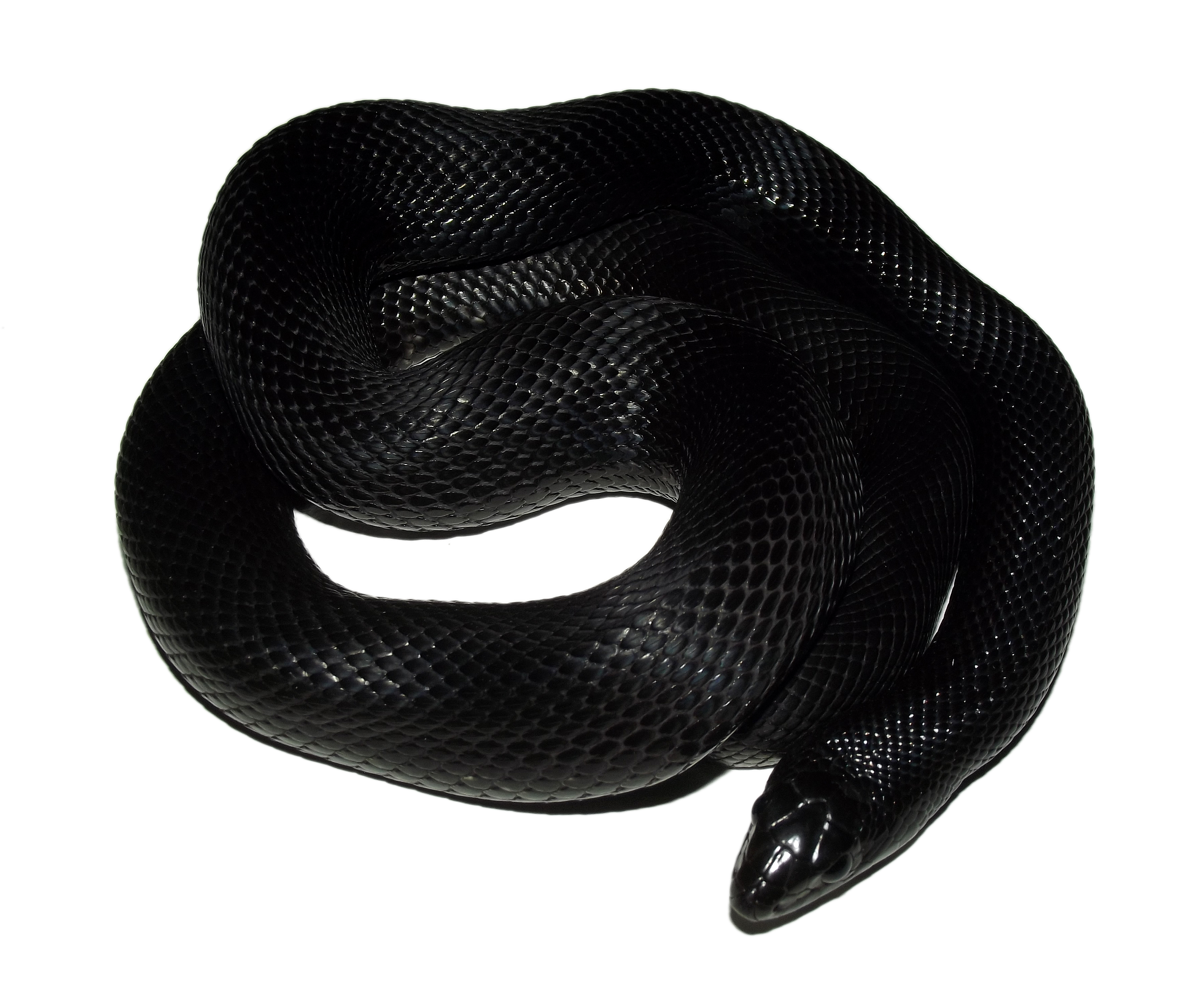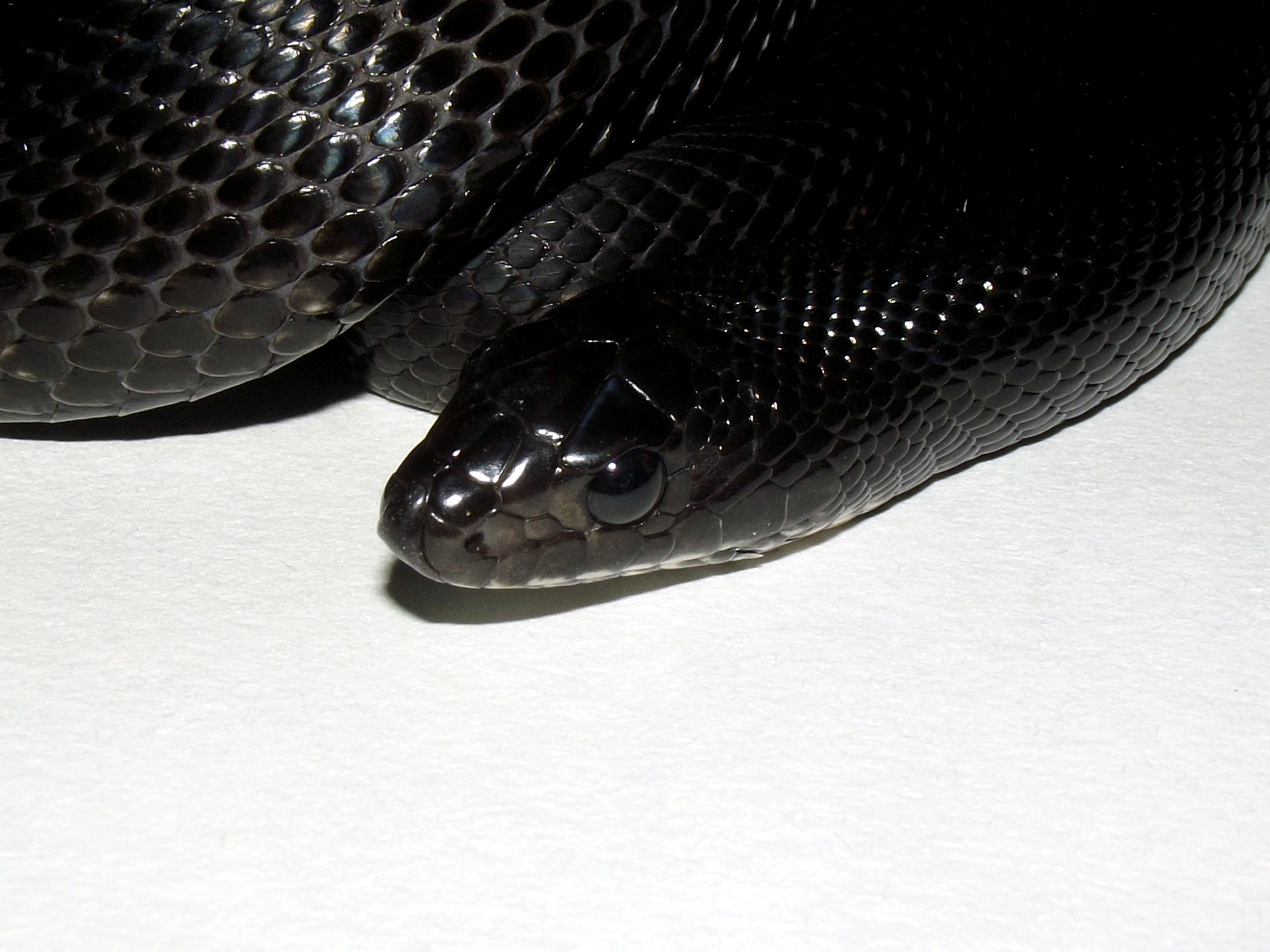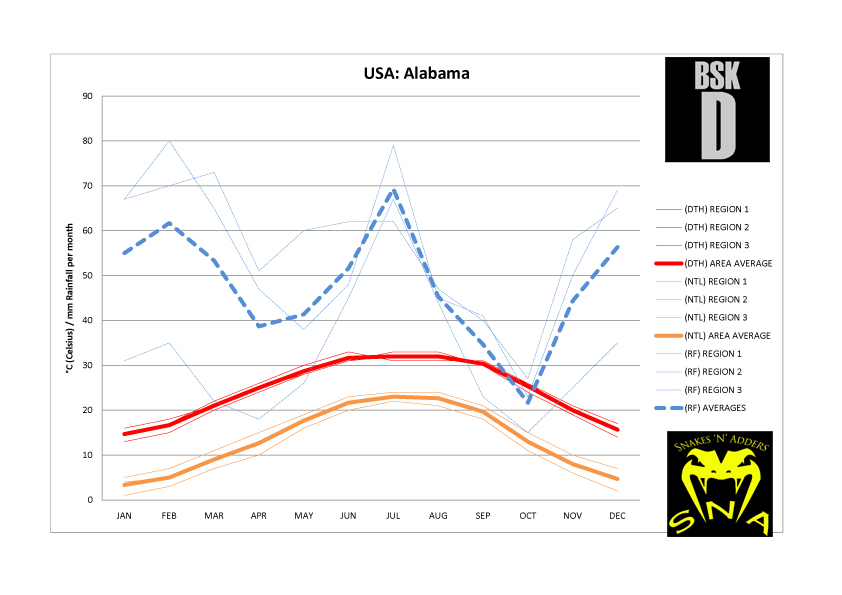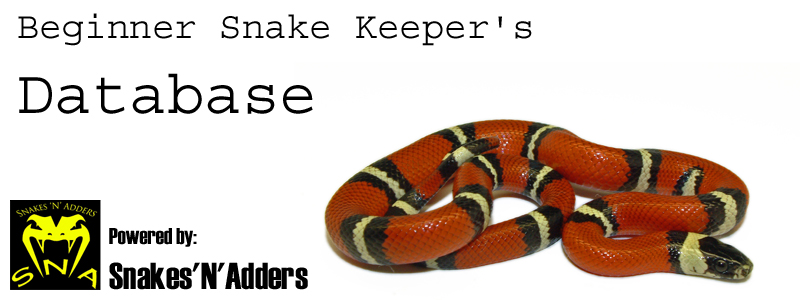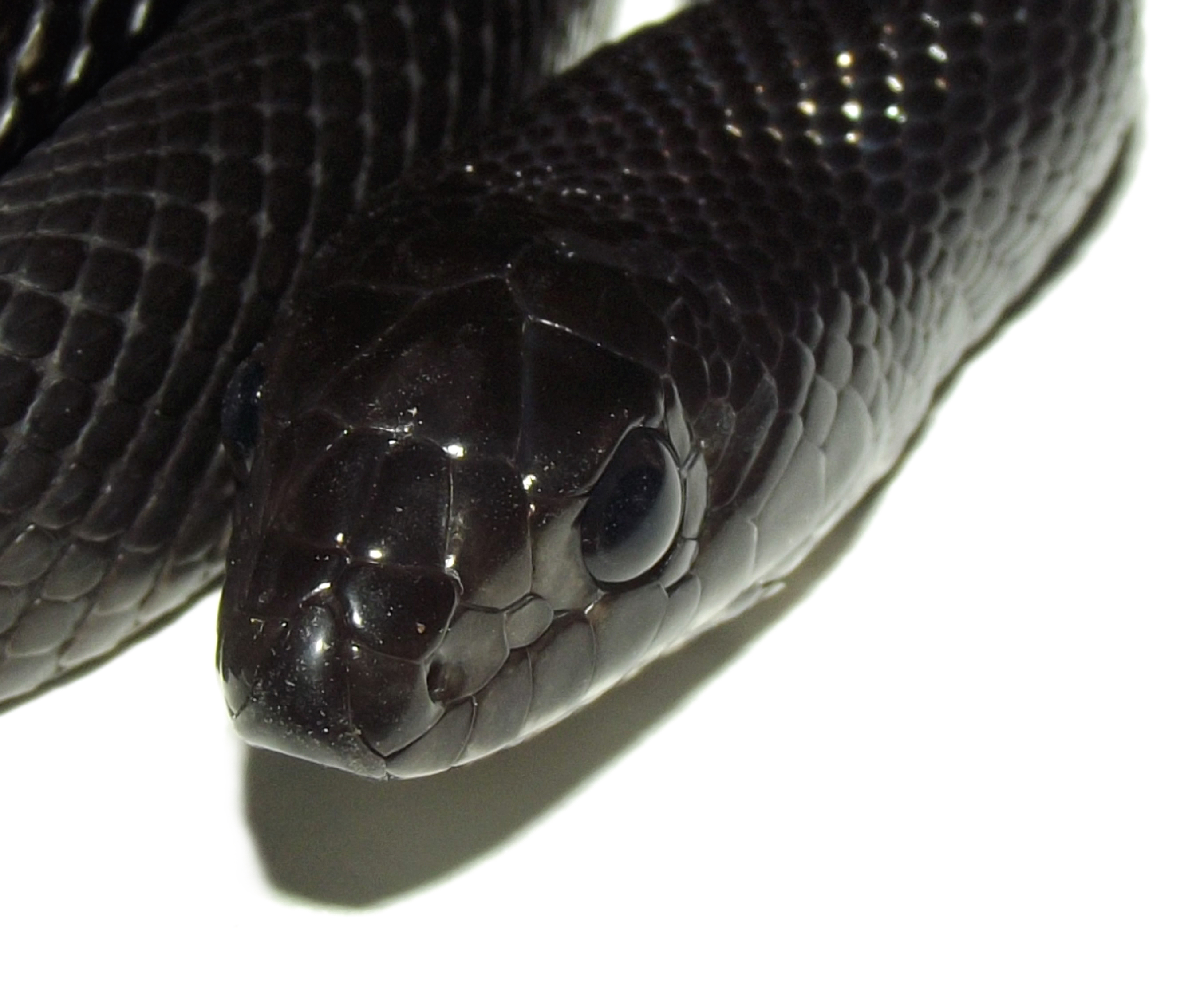
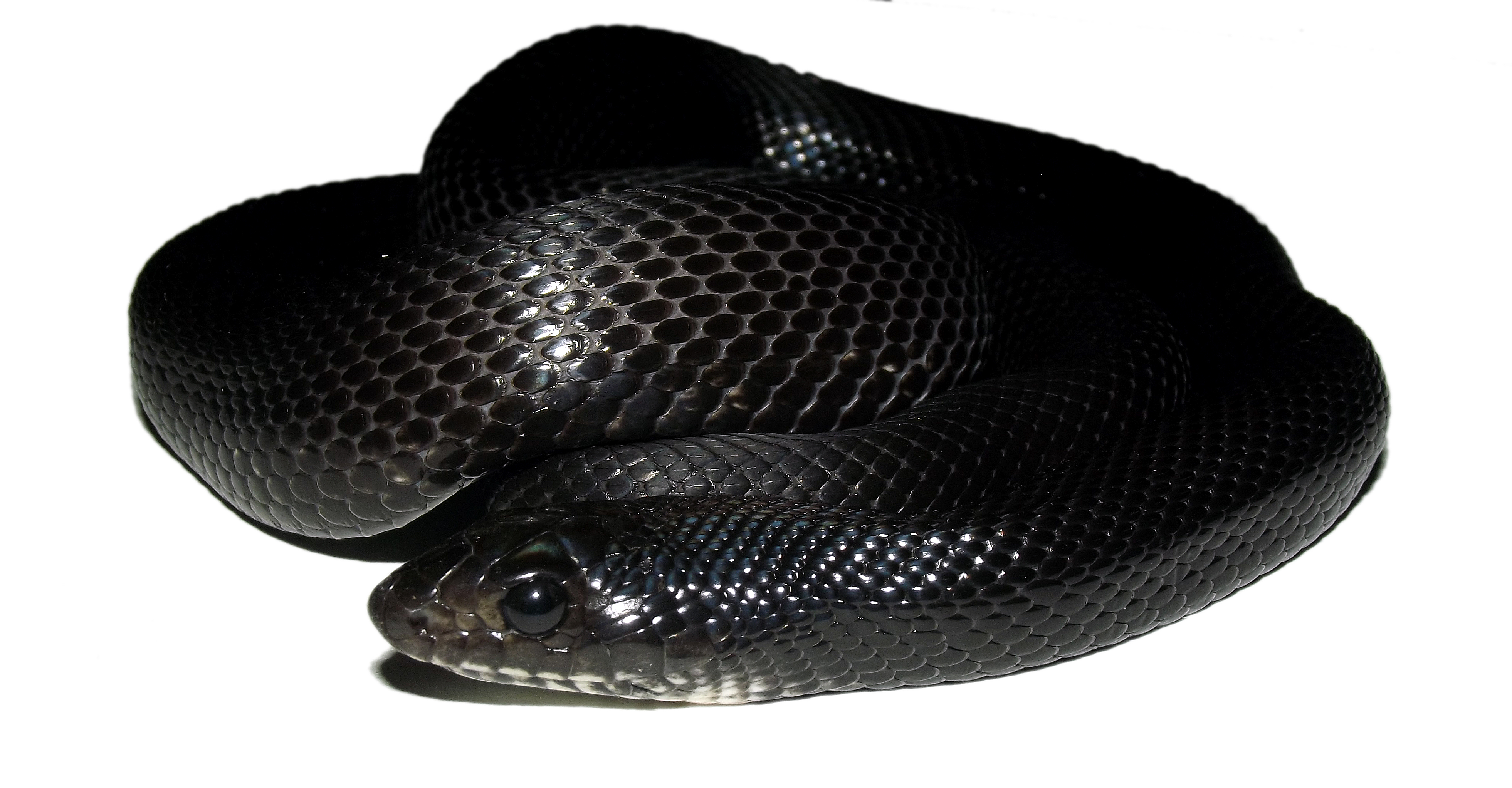
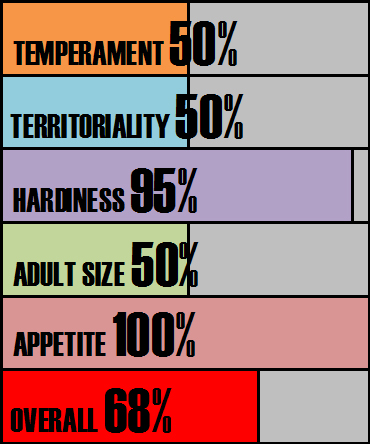

Species Notes based on experiences:
Black Pine Snakes can be a mixed bag of a snake to keep. Some animals are totally tame and trustworthy. Easily comparable to a Corn Snake or Dione’s Rat Snake but just on a much grander scale. This a large powerful snake as a adult and could easily intimidate the less experienced keeper. Black Pine Snakes are far shorter tempered than Northern Pine Snakes. If bought as a baby both the snake and keeper have time to get used to one another. Some examples regardless of interaction levels will maintain a distain for their human. To say that Black Pine snake’s are ready feeders isn’t doing them justice they are eating machines. This species responds well to seasonal cues and is an unproblematic species to breed in captivity. Some animals may show heightened aggression within the enclosure in the form of hissing or rapid flinching movements. This is nearly always bluff and bites are rare. Even animals that are totally tame once out of the vivarium can remain vocal within it. This species isn’t born solid black and much likely the Black Rat Snake has visible saddles. As the snake begins to shed and grow melanin develops until the animal is solid black. Occasionally small areas of white can be seen on the lower lip and chin shield scales. All snakes from the genus Pituophis have a specialised rostral (nose) scale that is enlarged and toughened. This is a tool used for digging. Rather than simply using other animal’s premade burrows these snakes are more than capable of digging their own. Pituophis snakes will always settle more in vivariums with some form of subterranean level to retreat to should the mood take them.
Score analysis:
When considering temperament, Black Pine Snakes can be a handful. Vocal and irritable animals do occur but in the main if handled regularly they become used to human interaction, begrudgingly. One must keep in mind this kind of behaviour if it occurs happens through fear. It is important the snake learns to not fear you. Defensive behaviours such as hissing, gaping of the mouth, flopping of the tongue and a rigid body stance may be seen. Also this snake has well developed anal musk glands that can be used which omit a foul odour. Defensive behaviours rarely include biting. This is not a snake that is quick to bite and would sooner use its full arsenal of other behaviours first. We have scored this species 50%, this is a low score and would be keepers should bear this in mind. You are just likely effectively to find a tame animal as you are a grumpy one.
Territory disputes are more likely to occur than temperament issues. Regardless of how long you have had your Pine Snake they never seem fond of being disturbed and can be quite vocal about it. Usually this is bluff (the equivalent of a human noisily complaining) but this abates the moment the snake is removed from the enclosure. Some specimens may become very agitated and vocal throwing their body around the enclosure hissing loudly and mock striking. Owing the likelihood of some of these behaviours occurring this snake may be better suited to older teens or adults rather than children.
Occurring in Alabama and Louisiana this species is very hardy. The gulf of Mexico shelters these states from the truly harsh winters but more Northern locales may be quite exposed. Cold winters can occur and these snakes would undoubtedly have had to evolve to brumate in burrows for multiple months through winter. This snake is tough. This is a forgiving species that thrives in captive care and has done for many years when care was far more rudimentary than it is today. That said it is a very rare snake in collections with prices for a single animal exceeding £350-400 for baby in the UK.
This is a large species. This is a heavy set snake easily attaining 2 metres in length. A mature female will easily consume medium rats without issue. Mature animals is they decide to behave in a defensive manner could be quite intimidating and for this reason we again say this is probably a species reserved for older teens or adults who may be more confident with their pets. Black Pine Snakes are heavy set and powerful snakes but they rarely out size the Northern and Southern Pines.
This website does not give out 100% scores lightly. Black Pine Snakes are worthy of this score. They are eating machines. They grow fast and develop well. Their metabolism is bordering on fast and as a result can produce quite a volume of waste. Occasionally in winter they will fast for a couple of months. This is nothing to worry about. Some keepers may brumate them to stop them shedding weight too quickly during this fast, either way the hiatus in feeding is usually short lived and a voracious diet is quickly resumed. Owing to how energetically they take their food always use tongs to feed Pine Snakes. Younger animals that are more likely to react badly to human interaction may need to be drop fed where the prey is just left in the enclosure for the snake to find. The snake may be too busy striking and hissing at the human to be bothered about feeding. As they grow so does their confidence and they will usually start tong feeding from 6 months+ in age.
Enclosure recommendations:
Tub:
This species is not suitable for keeping in a tub long term
Vivarium:
150cm x 60cm x 60cm
Budget rig: -
60cm x 30cm heat pad
On / off thermostat
Digital thermometer to monitor thermostat performance
Warm hide
Cool hide
Water bowl
substrate
Recommended rig (vivarium only): -
250w ceramic heat emitter
Ceramic lamp holder and bracket
Bulb guard
Day night thermostat
Digital thermometer to monitor thermostat performance
Various logs and caves along the thermal gradient
Damp hide (optional)
Climbing and exercise branches
Plants and foliage (live or artificial – your choice)
Water bowl
Substrate
UVB light (8w T5 shade dweller 7% kit from Arcadia or equivalent) (optional)
Subterranean section to vivarium for further psychological security (optional)
Climate analysis:
Being from the deep south states of Alabama and Louisiana the Black Pine Snake is comparatively sheltered. They would not need the same depth of Brumation as a Northern Pine Snake and some snakes may not brumate at all and just keep feeding consistently. For breeding purposes in the UK we would always recommend giving a period with depressed temperatures and withholding food. This ensures good fertility.
Conclusion:
You would be right to approach the keeping of this species with caution. It is perfectly likely you could end up with a tame snake that you can work with at ease. Unfortunately it is also likely that you may end up with a grumpy vocal and fast snake as well. Definitely better suited to older teens or adults owing to these traits. We would encourage would be keepers to meet their potential pet first and ensure it can be handled prior to purchase. This may all be just academic learning about the species that can be kept as a beginner. The likelihood is you will be an experienced keeper with a healthy income to be able to afford these snakes in the UK. They are very rarely encountered and are usually bought up on sight by experienced keepers. Many have gone over to Europe where they are equally high value if not higher. If we were scoring rarity in UK collections this would be a 95-100% scoring snake.
